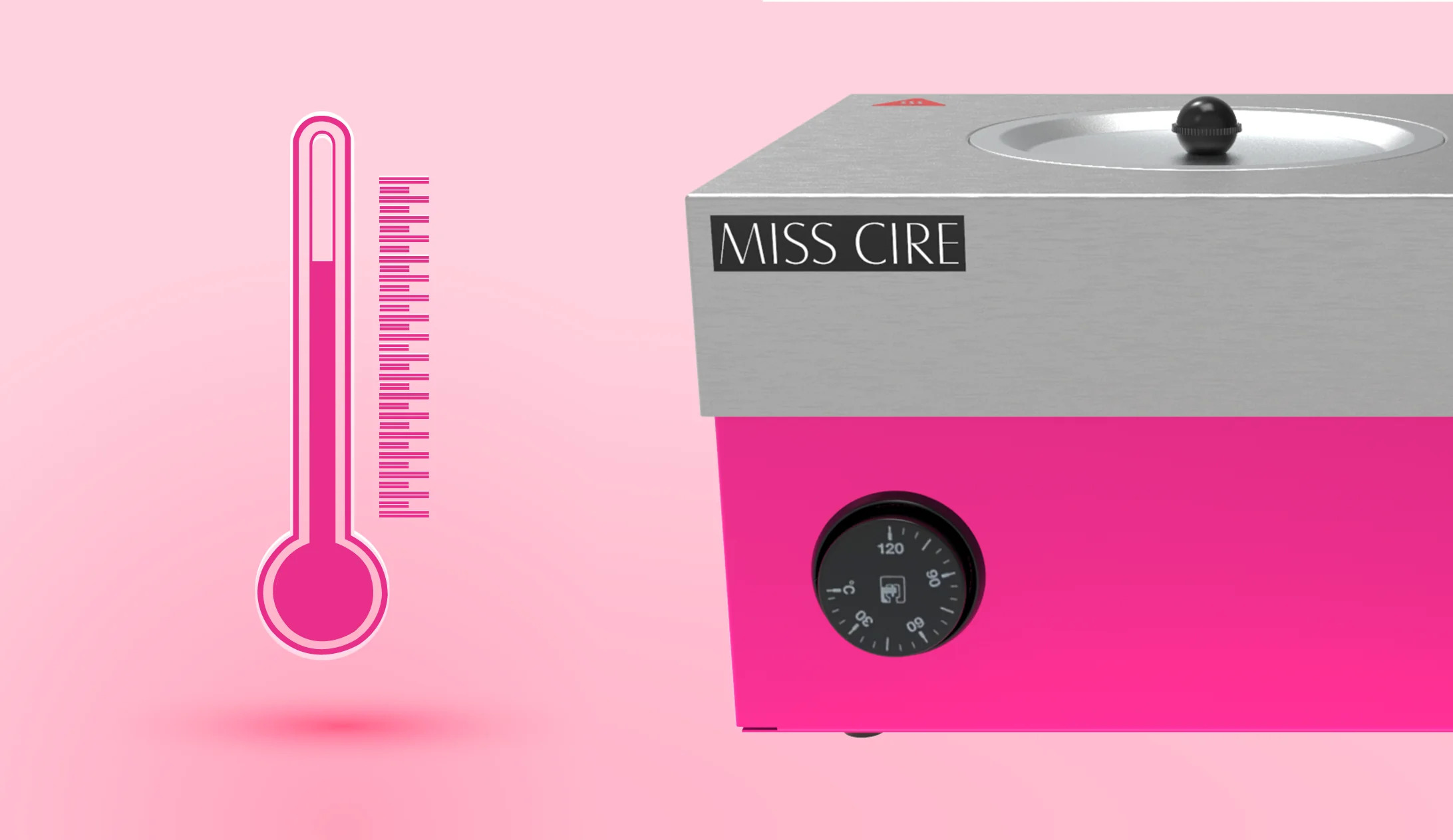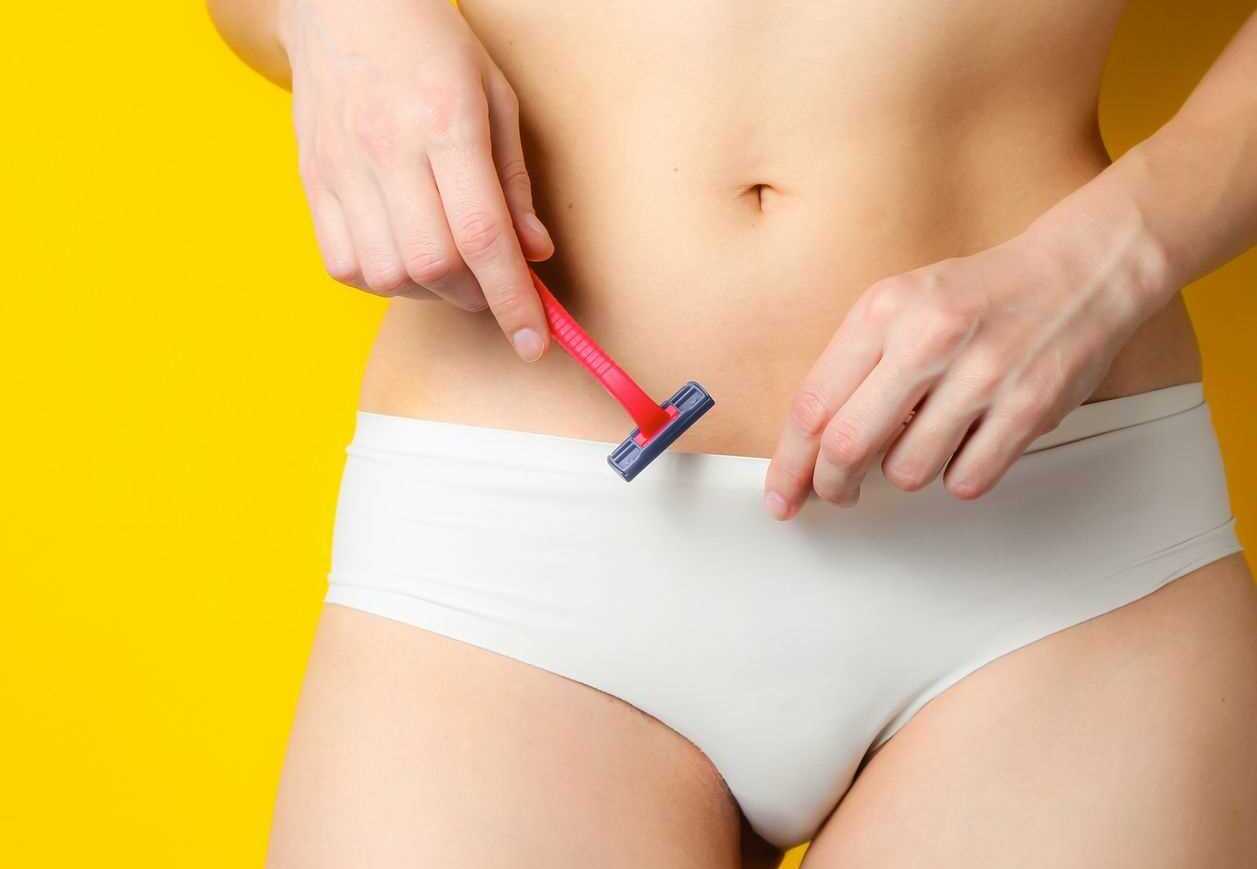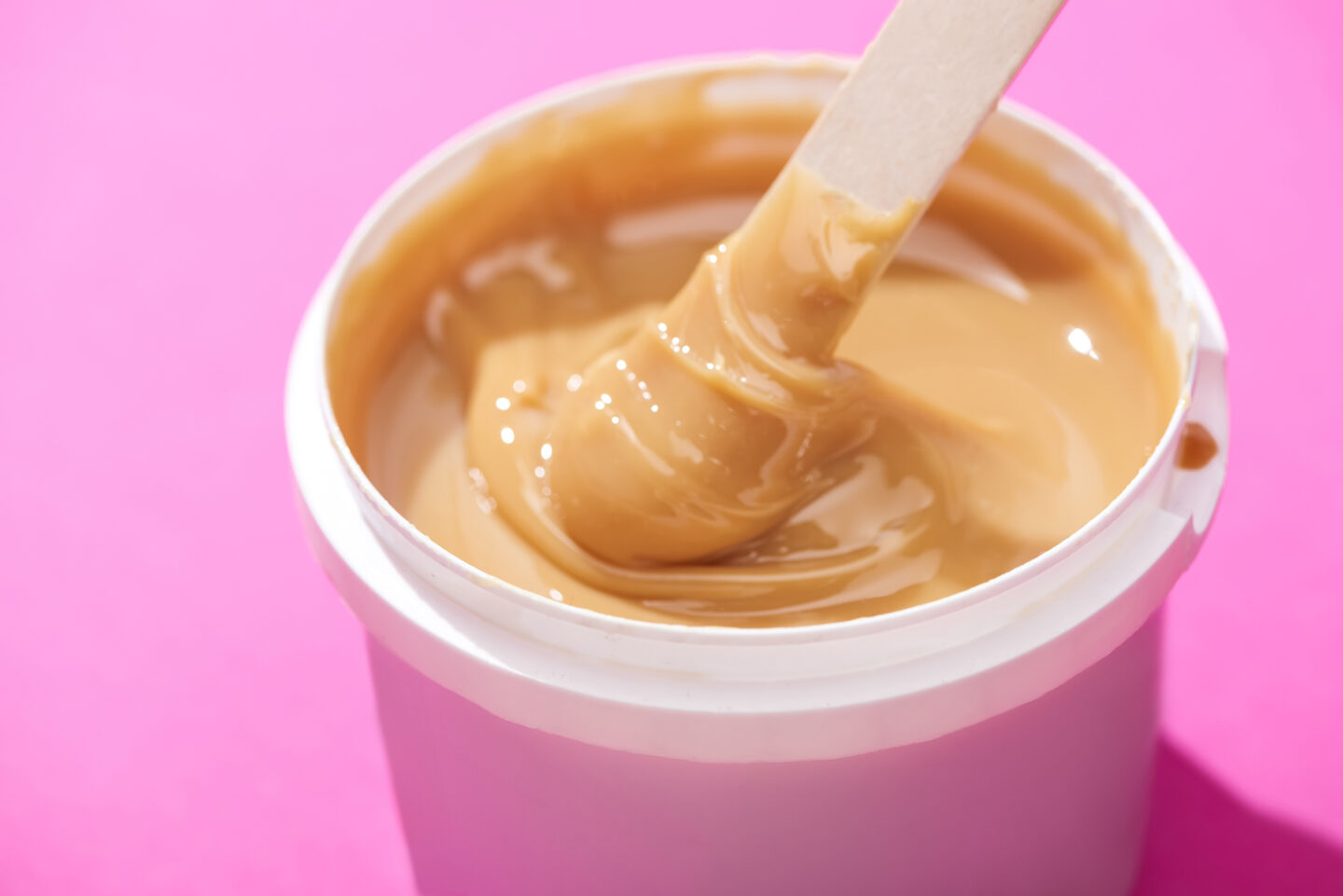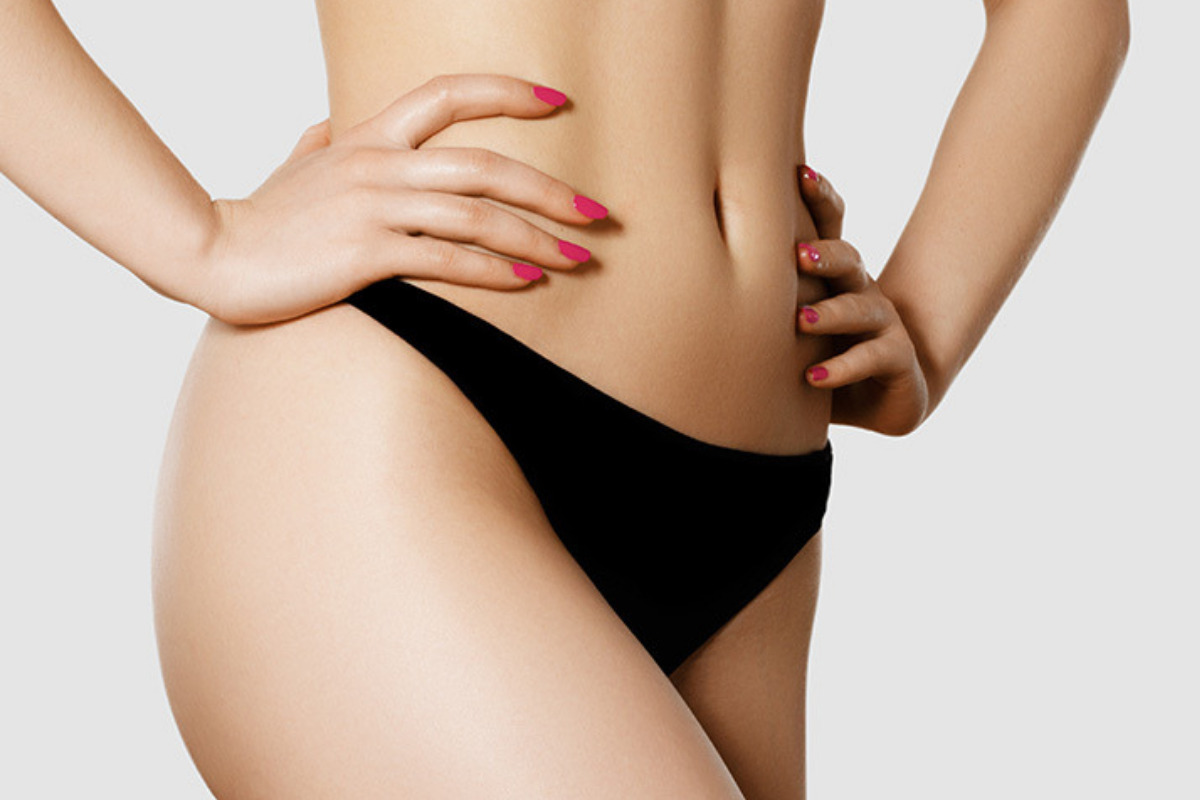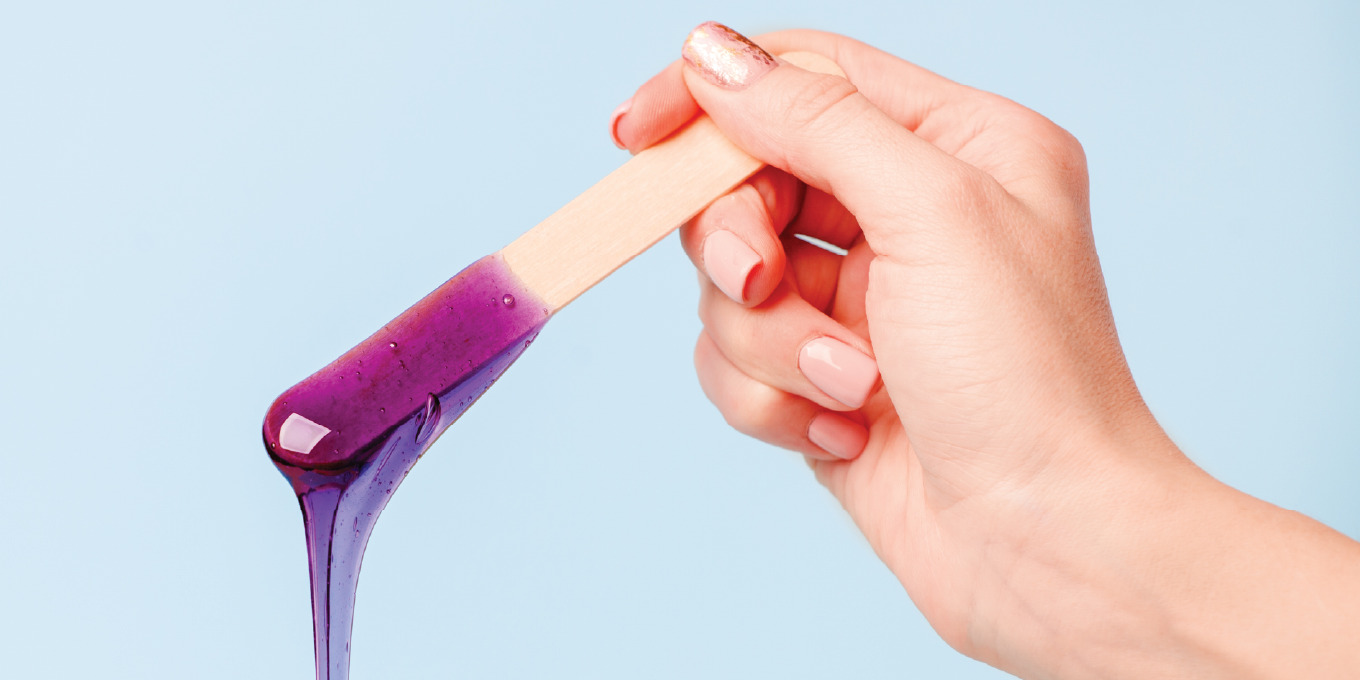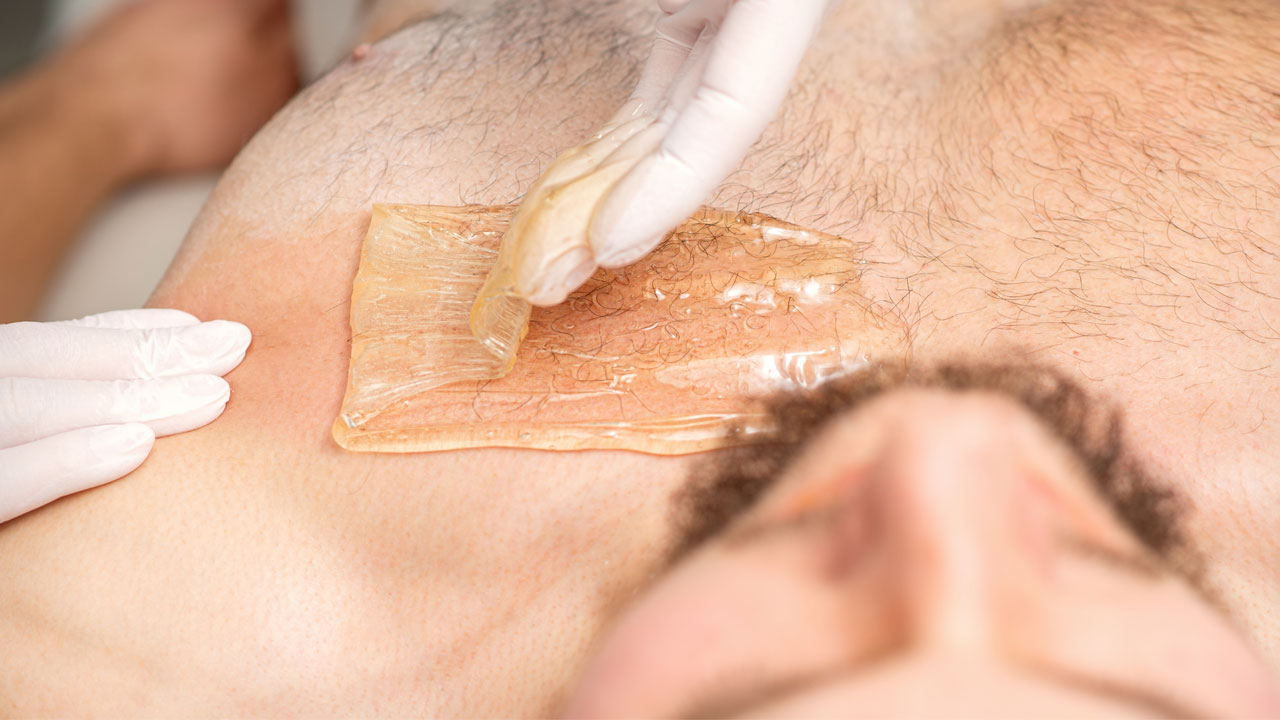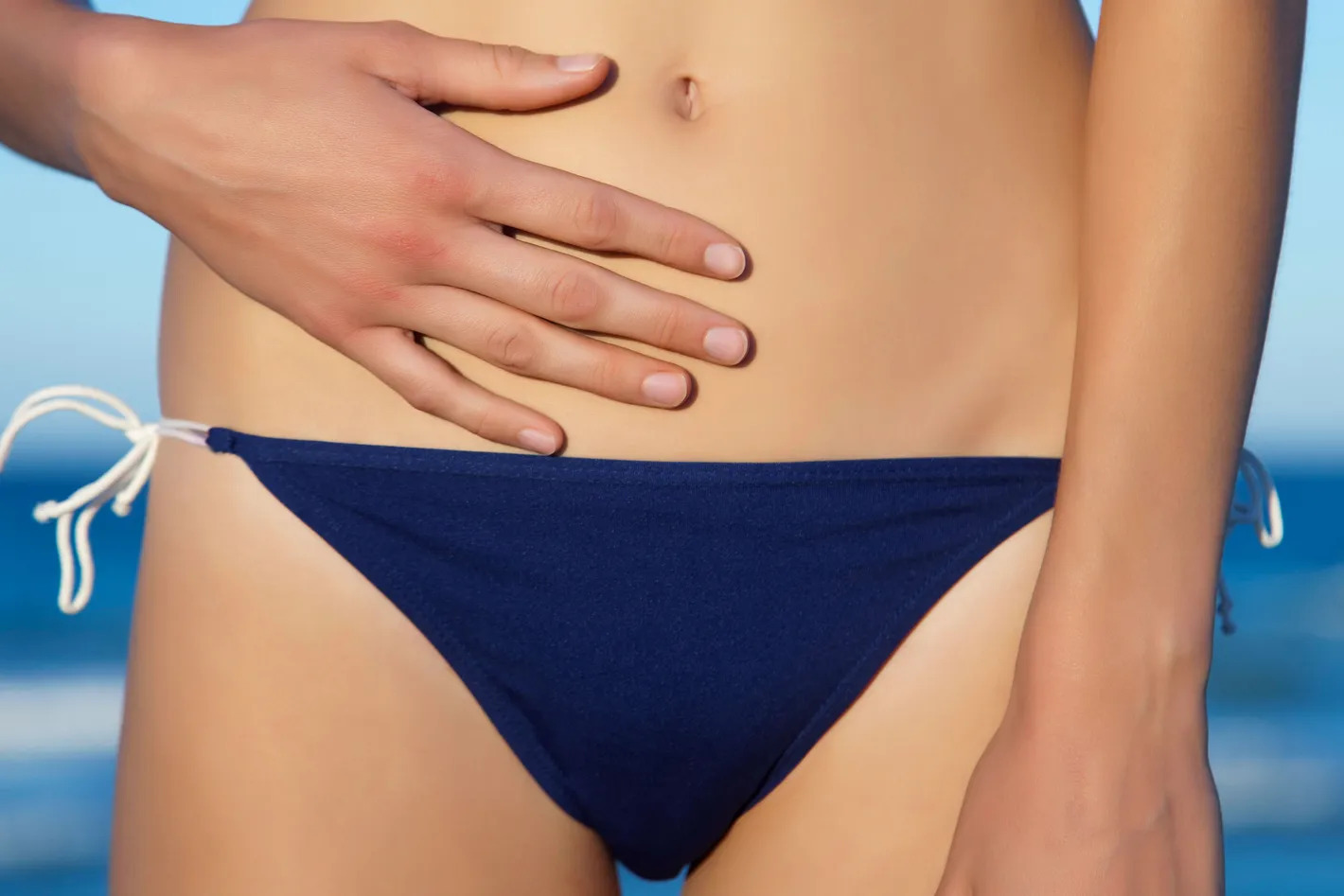Home>Latest Posts>Why Brazilian Wax Called Brazilian


Latest Posts
Why Brazilian Wax Called Brazilian
Modified: August 3, 2023
Discover the latest trends in hair removal with the Brazilian wax. Find out why it's called Brazilian and learn about the benefits of this popular technique.
(Many of the links in this article redirect to a specific reviewed product. Your purchase of these products through affiliate links helps to generate commission for Under-tec.com, at no extra cost. Learn more)
Table of Contents
Introduction
When it comes to personal grooming and hair removal, there are a plethora of options available. From shaving to laser hair removal, people have various methods to choose from. One popular technique that has gained significant attention in recent years is known as the Brazilian wax.
The term “Brazilian wax” may sound exotic and intriguing, but have you ever wondered why it is specifically called Brazilian? In this article, we will delve into the historical origins, cultural influences, different waxing techniques, and the global popularity of the Brazilian wax. Let’s unravel the story behind this unique hair removal method and explore the misconceptions and stereotypes associated with it.
Throughout the world, the Brazilian wax has become synonymous with thorough and extensive hair removal in the pubic region. It involves removing all or most of the hair in the bikini area, giving it a smooth and clean look. While it is commonly associated with women, an increasing number of men have also embraced this grooming trend.
Now that we have set the stage, let’s dive into the historical origins of the Brazilian wax.
Historical Origins
The roots of the Brazilian wax can be traced back to Brazil in the 1980s. It was during this time that a bikini style known as the “fio dental” gained popularity among Brazilian women. The fio dental, meaning “dental floss” in Portuguese, referred to a narrow strip of fabric that was used to cover the genital area, leaving the buttocks exposed.
As the fio dental bikini gained traction, women began seeking ways to remove the hair in their bikini area to achieve a cleaner and more seamless look while wearing this minimalistic swimwear. It was from this demand that the Brazilian wax was born. Brazilian women sought out aestheticians who were willing to provide a more thorough waxing experience, removing all the hair from the bikini area, including the front, back, and everything in between.
Over time, the Brazilian wax spread beyond Brazilian borders and became increasingly popular worldwide. Its appeal lies not only in the smooth and confident feeling it provides but also in the freedom it gives individuals to embrace their bodies and their personal preferences. The Brazilian wax is now widely recognized as a symbol of self-expression, body positivity, and empowerment.
Aside from its cultural significance in Brazil, the Brazilian wax also gained attention from the entertainment industry. In the late 1990s and early 2000s, Brazilian models and celebrities began catching the eye of the global media, showcasing their smooth and flawless bikini lines on runways and magazine covers. This exposure further fueled the popularity of the Brazilian wax, as people sought to emulate the glamorous style of these Brazilian icons.
Now that we have explored the historical origins of the Brazilian wax, let’s move on to the cultural influences that have shaped its evolution and global spread.
Cultural Influences
The Brazilian wax has been significantly influenced by cultural factors that have shaped its evolution and popularity. One of the primary cultural influences is the Brazilian societal norm regarding body waxing and grooming.
In Brazil, the culture surrounding body image and beauty standards places a strong emphasis on being well-groomed and having a smooth, hair-free body. This cultural norm has played a pivotal role in the rise of the Brazilian wax. Brazilian women, in particular, have embraced this hair removal method as a means of conforming to societal expectations and upholding beauty standards.
Furthermore, the Brazilian wax has also been influenced by the thriving beach culture in Brazil. With its stunning coastline and vibrant beach scene, Brazil is known for its beach-loving lifestyle. As beachgoers aim to achieve the perfect bikini look, the demand for thorough and extensive hair removal became even more pronounced. The Brazilian wax emerged as the go-to method to achieve the desired aesthetic, further solidifying its cultural influence.
Another significant cultural influence on the Brazilian wax is the adult entertainment industry. Brazil is home to a booming adult entertainment industry, and performers often undergo extensive grooming to meet the industry’s standards. This includes full or partial hair removal in the pubic region. The influence of the adult entertainment industry on the popularity of the Brazilian wax cannot be overlooked, as it has contributed to its mainstream acceptance and normalization.
Moreover, as global travel and cultural exchange have increased, the Brazilian wax has spread to other parts of the world. Tourists visiting Brazil have experienced the Brazilian wax firsthand and carried the technique back to their home countries, introducing it to new markets. The media, fashion industry, and word-of-mouth recommendations have also played a pivotal role in popularizing the Brazilian wax globally.
With the strong cultural influences stemming from Brazil and the impact of globalization, the Brazilian wax has transcended borders and become a widely embraced hair removal method around the world. Now that we have explored the cultural influences, let’s move on to the different waxing techniques associated with the Brazilian wax.
Different Waxing Techniques
When it comes to the Brazilian wax, there are various techniques and styles to choose from, depending on personal preferences and comfort levels. Here are some of the different waxing techniques commonly associated with the Brazilian wax:
- Full Brazilian: As the name suggests, the full Brazilian involves the complete removal of hair in the pubic area, including the front, back, and everything in between. This technique leaves the area completely smooth and hair-free.
- Partial Brazilian: In contrast to the full Brazilian, the partial Brazilian focuses on selectively removing hair in specific areas of the bikini region. This technique allows for customization, with popular options including leaving a thin strip or triangle of hair in the front.
- Landing strip: The landing strip technique involves removing all of the hair in the pubic region, except for a thin strip that extends vertically from the pubic bone to the top of the vaginal area. This technique offers a classic and stylish look.
- Modified triangle: Similar to the landing strip, the modified triangle technique involves removing all of the hair in the pubic area, except for a triangular patch that is positioned differently. This technique allows for creativity and personalization.
- Brazilian with designs: For those seeking a more adventurous style, the Brazilian wax can also be customized with various designs. From heart shapes to initials, aestheticians with artistic skills can create unique and intricate designs upon request.
It’s important to note that the level of discomfort experienced during the Brazilian waxing process can vary from person to person. Some individuals may find it to be a relatively painless experience, while others may experience more discomfort. However, skilled aestheticians strive to minimize discomfort by using high-quality wax, applying soothing products post-wax, and adopting techniques that prioritize client comfort.
Now that we have explored the different waxing techniques associated with the Brazilian wax, let’s delve into its popularity and global spread.
Popularity and Global Spread
Over the past few decades, the Brazilian wax has exploded in popularity worldwide. What was once a niche grooming technique in Brazil has now become a mainstream trend embraced by individuals of various backgrounds. The global spread of the Brazilian wax can be attributed to several factors:
Celebrity Influence: Celebrities and models flaunting their smooth bikini lines on red carpets, magazine covers, and social media have undoubtedly played a significant role in popularizing the Brazilian wax. Their influence has helped to shape beauty standards and encourage people to embrace this grooming technique.
Movies and Television: The portrayal of the Brazilian wax in movies and television shows has also contributed to its rising popularity. Whether it’s a scene in a romantic comedy or a reference in popular sitcoms, the visibility of the Brazilian wax in popular media has made it more familiar and accessible to audiences.
Beauty Industry: The beauty industry has capitalized on the demand for hair removal products and services, with countless salons, spas, and beauty clinics offering Brazilian waxing services. Additionally, the availability of at-home waxing kits has made it easier for individuals to try the technique in the comfort of their own homes.
Body Positivity Movement: In recent years, there has been a growing movement towards body positivity and self-acceptance. The Brazilian wax fits into this movement by allowing individuals to choose how they want to groom their bodies, free from societal pressure. It has become a symbol of personal choice and empowerment.
The global accessibility of travel and cultural exchange has further contributed to the spread of the Brazilian wax. As people visit different countries, they learn about new beauty trends and techniques, including the Brazilian wax. This cross-pollination of ideas and practices has been instrumental in spreading its popularity worldwide.
Today, the Brazilian wax is widely available in many parts of the world. It has become a mainstream grooming option for both women and men, appreciated for its smooth and long-lasting results. The technique continues to evolve as new products, methods, and styles emerge to cater to individual preferences.
Now that we have explored the popularity and global spread of the Brazilian wax, let’s address some of the misconceptions and stereotypes associated with this hair removal technique.
Misconceptions and Stereotypes
Despite its widespread popularity, the Brazilian wax is not without its fair share of misconceptions and stereotypes. Let’s address some of these common misunderstandings:
Pain: One of the biggest misconceptions about the Brazilian wax is that it is an extremely painful procedure. While it is true that waxing can cause some discomfort, experienced aestheticians use techniques to minimize pain, such as using high-quality wax and applying soothing products post-wax. It’s important to remember that pain tolerance varies from person to person, and many individuals find the discomfort to be manageable and temporary.
Hygiene: Another misconception is the belief that opting for the Brazilian wax is solely about hygiene. While maintaining personal hygiene is essential, the decision to remove pubic hair is a personal choice that goes beyond cleanliness. People choose the Brazilian wax for various reasons, including aesthetic preferences, convenience, and cultural influences. It is not a reflection of one’s cleanliness or lack thereof.
Sexuality: There is a common stereotype that associates the Brazilian wax with a person’s sexual preferences or activities. This stereotype is misleading and perpetuates the notion that grooming choices are inherently linked to one’s sexuality. The reality is that people of all sexual orientations and gender identities choose the Brazilian wax for a multitude of reasons unrelated to their sexual lives.
Femininity: The Brazilian wax is often mistakenly seen as a requirement for femininity or a way to conform to societal beauty standards. It is important to challenge this stereotype and understand that femininity is not defined by one’s grooming choices. The Brazilian wax, like any other form of hair removal, is a personal decision that should be respected without assigning judgment to one’s femininity or lack thereof.
Body Shaming: Unfortunately, some individuals have used the Brazilian wax as a means to body shame or criticize others. This behavior is unacceptable, as it undermines the central message of body positivity and personal choice. It’s crucial to foster an environment that respects and celebrates diversity in grooming preferences, without judging or shaming others based on their choices.
By debunking these misconceptions and challenging the stereotypes surrounding the Brazilian wax, we can promote a more inclusive and accepting perspective on personal grooming choices.
Now that we have addressed the misconceptions and stereotypes, it’s time to wrap up our exploration of the Brazilian wax.
Conclusion
The Brazilian wax has emerged as a popular and widely embraced hair removal method that originated in Brazil. With its historical origins rooted in the Brazilian bikini culture of the 1980s, the Brazilian wax has undergone a transformative journey, influenced by cultural factors, celebrity endorsements, and media representation.
Despite its popularity, the Brazilian wax is not without its misconceptions and stereotypes. It is important to dispel these misunderstandings, including the belief that it is extremely painful, solely about hygiene, or indicative of one’s sexuality or femininity. The Brazilian wax is a personal choice that allows individuals to express themselves, feel confident, and embrace their bodies on their own terms.
As the Brazilian wax continues to gain global popularity, it is essential to foster a culture of understanding and respect for diverse grooming preferences. Embracing body positivity means celebrating individual choices, while rejecting body shaming and judgment.
Ultimately, the Brazilian wax represents more than just a grooming technique; it symbolizes personal empowerment, self-expression, and the freedom to choose how we present ourselves. Whether opting for a full Brazilian, a partial style, or any other variation, the Brazilian wax allows individuals to feel comfortable and confident in their own skin.
So, the next time you hear the term “Brazilian wax,” remember the rich history, cultural influences, different techniques, and the importance of dispelling misconceptions. Embrace the beauty of personal choice and celebrate the diversity of individuals’ grooming preferences.
Now it’s your turn to decide – will you give the Brazilian wax a try or continue on your own grooming journey?
